ข้อสอบ GED Science พร้อมเฉลย มาทดสอบกันพร้อมสอบแค่ไหน?
Ged Science Test
1.The tilt of Earth’s rotational axis toward or away from the sun causes:
2.This table describes the 4 trophic levels:
Based on the table, which of the following animals would be classified as a tertiary consumer?
Based on the table, which of the following animals would be classified as a tertiary consumer?
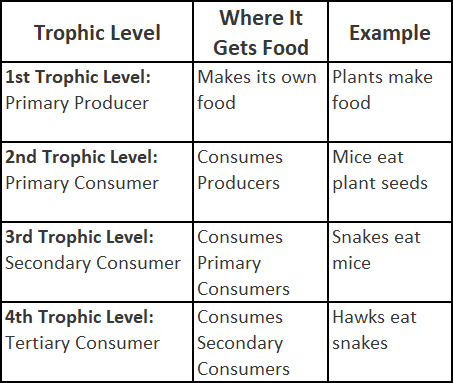
3.What was the mean number of bats in 2020 for the six colonies in the park?
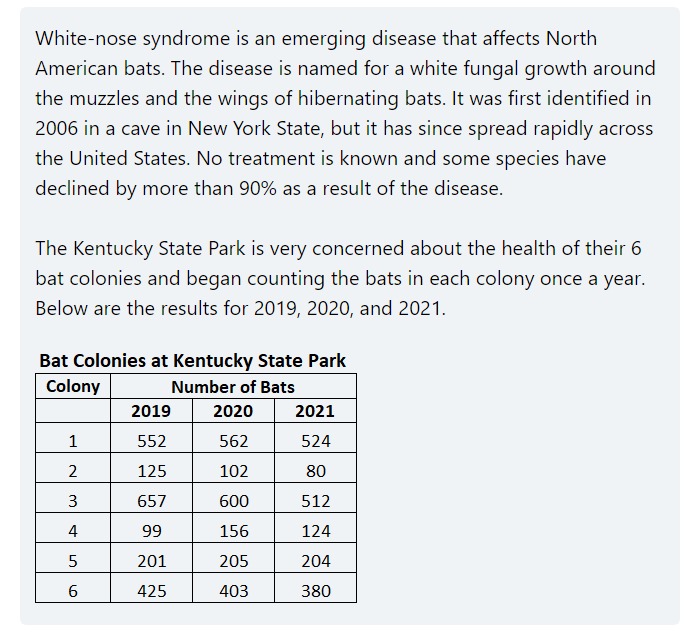
4.What was the median number of bats in 2021 for the six colonies in the park?
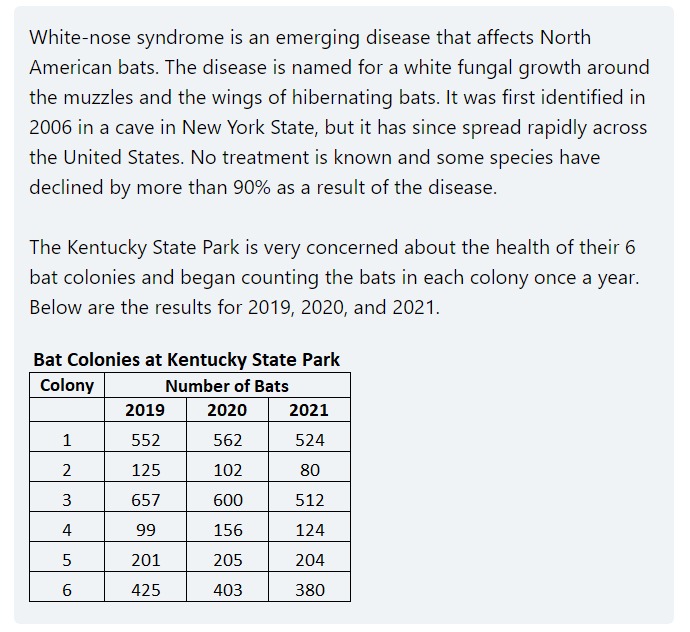
5.How is energy obtained by primary producers?
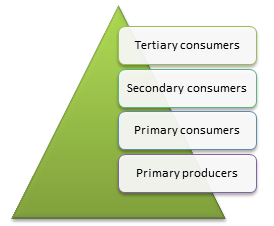
6.What interaction between Earth’s systems was most likely responsible for the creation of this landmark?

7.Given these two hypotheses, which of the following is most likely to be true?

8.When a person reaches out and touches a hot pan, the __________ system is triggered and activates the __________ system to move the hand away. Fill in the blanks.
9.Use the Punnett square to calculate the probability that these two mice will produce an offspring with white fur.
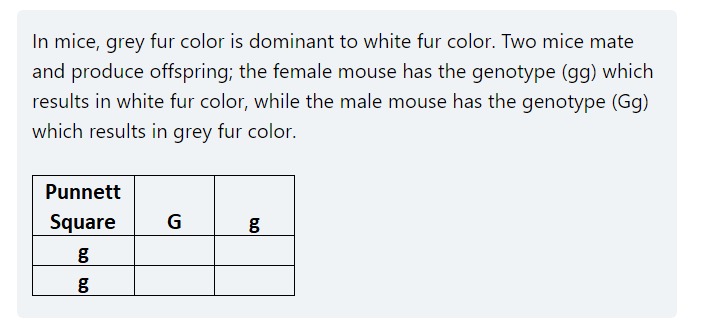
10.Which of the following is the cause of ocean tides?

11.Based on the chart above what is the relationship between the Rocky Mountain and Grey wolf?
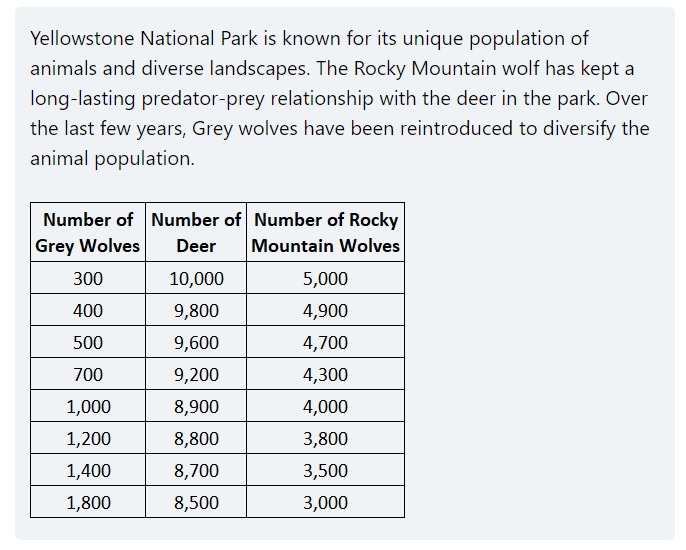
12.A seesaw is an example of what type of simple machine?
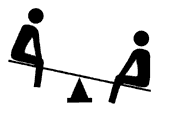
13.DNA can best be compared to:

14.What numbers are needed in the blank spaces to balance the chemical equation?
15.Use Newton’s second law to find the initial acceleration of an object with a mass of 40 kg when a force of 6 N is applied. For this problem ignore direction and round to the nearest hundredth.
Newton’s second law: F = ma
Enter the acceleration below (in m/ ):
Newton’s second law: F = ma
Enter the acceleration below (in m/ ):
16.Which of the following conclusions can be inferred from the data depicted in the graph?
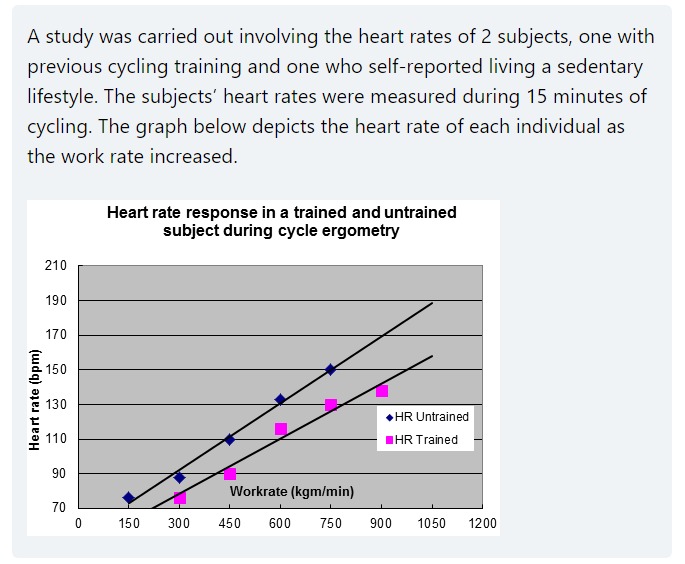
17.Which of these statements about photosynthesis is true?

18.The average diameter of a healthy male’s aorta, the largest artery in the body, is 36 mm. If 1 meter is equal to 1000 millimeters, what is the average diameter of the human male’s aorta in meters?
19.After Mia presented the results to her class, her teacher told her that she made an error in designing her experiment. What was the most likely error?
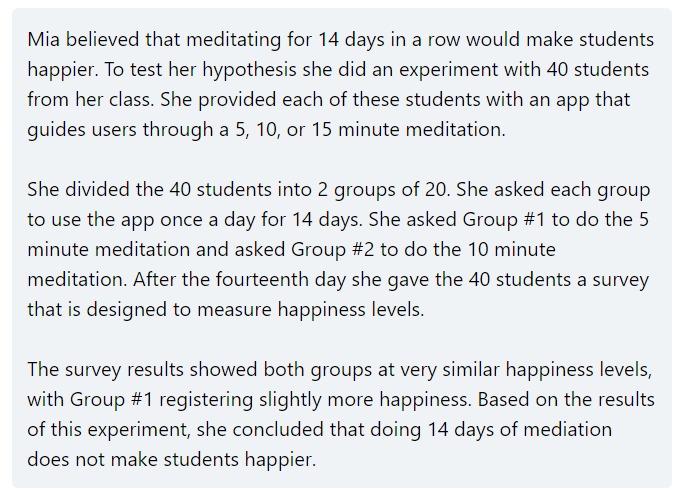
20.Which sentence from the paragraph supports the idea that specific farming techniques used by humans are responsible for the environmental damage caused by unsustainable agriculture?
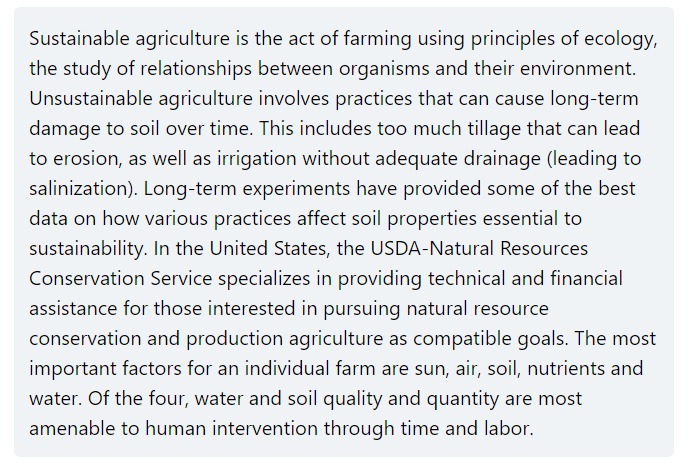
21.Which is an independent variable and which is a dependent variable in this experiment?
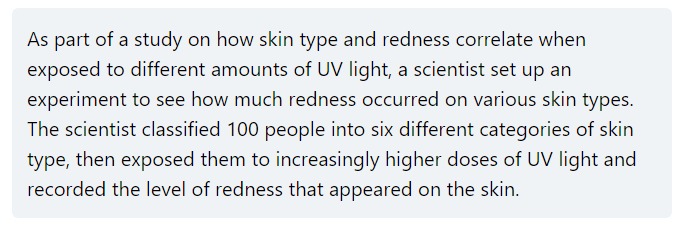
23.Is the hypothesis supported by the data in the table?
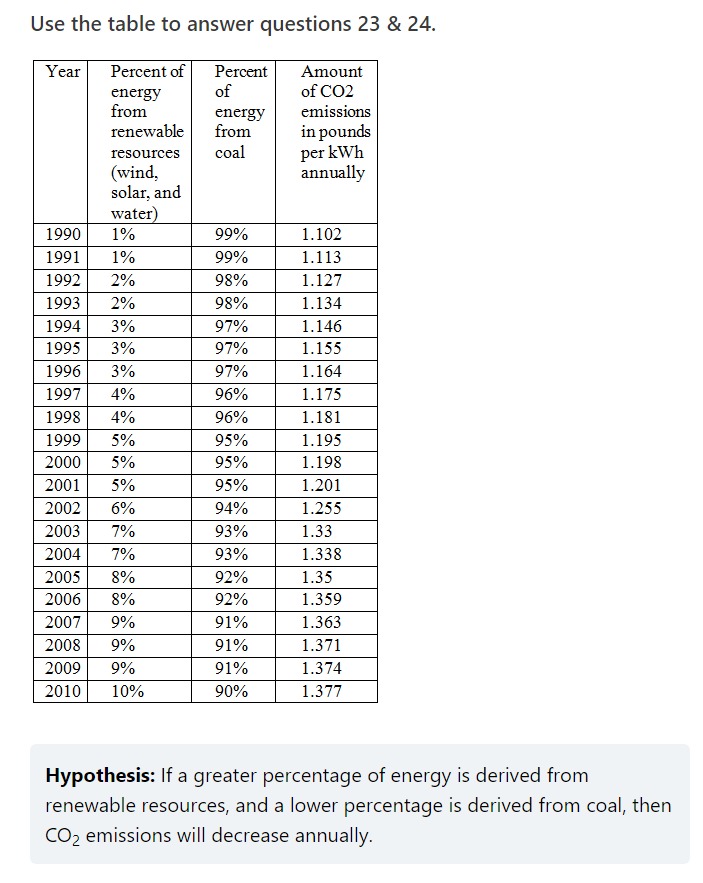
24.The table provided suggests that decreasing the percentage of coal used for energy annually correlates with an increase in CO2 emissions. Given that the processing of coal is the primary contributor to CO2 emissions in the US, which of the following statements may explain the trend shown in the data table?
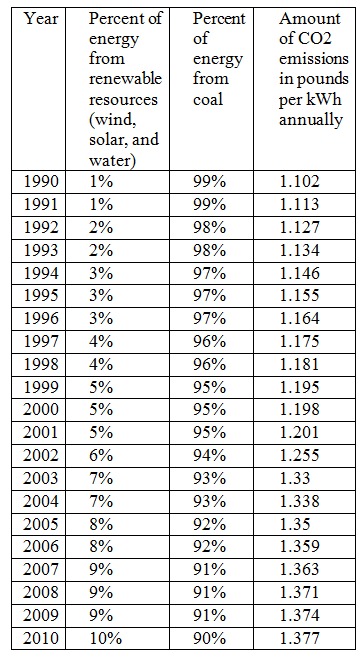
25.Based on the information in this cladogram, which of these statements is true?
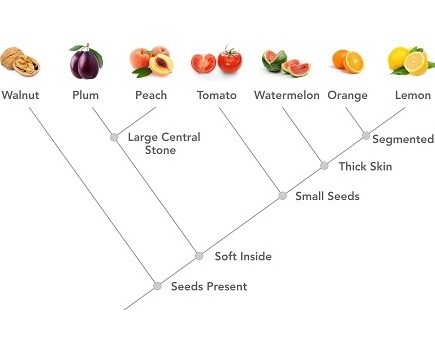
26.What was the error in the design of their experiment?
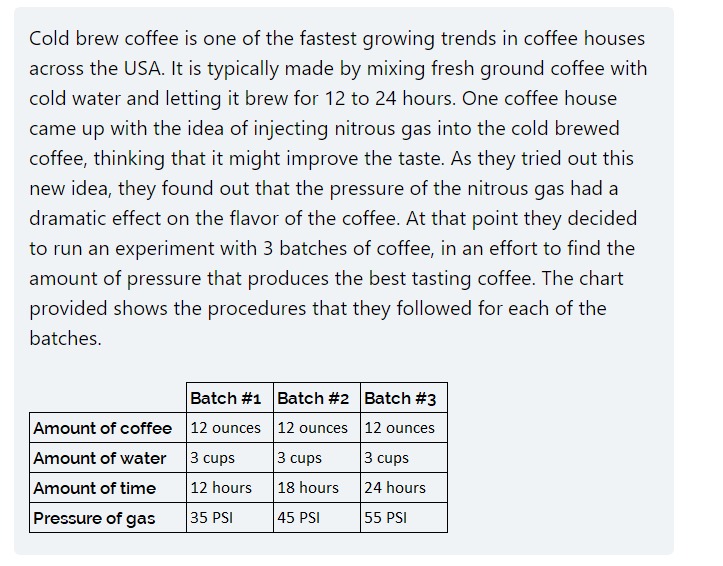
27.Two objects on Earth are dropped from the top of a building that is 70 meters high. Object A has a mass of 12 g and object B has a mass of 6 kg. Assuming there is no air resistance, which object will hit the ground first?
28.A lake contains many fish that local bears depend on as their major source of food. What would be the consequence of an algal bloom killing off a large portion of the fish population?
29.Based on this equation, in order to sustain population growth and maintain environmental impact, what factor must change at a rate equal to the rate of population growth?
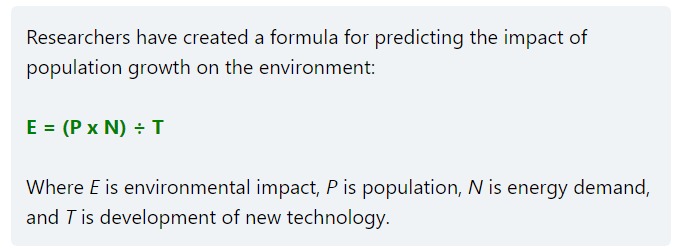
30.Two mice mate and produce offspring. Both of the mice have the genotype (Gg) which is the phenotype for grey fur color. Use a Punnett square to calculate the probability that these two mice will produce an offspring with white fur (gg).
31.Which of the following describes the feedback method used by a healthy human to regulate body temperature first in warm surroundings and then in cold surroundings?

Ged Science Test
You got {{userScore}} out of {{maxScore}} correct
{{title}}
{{image}}
{{content}}

